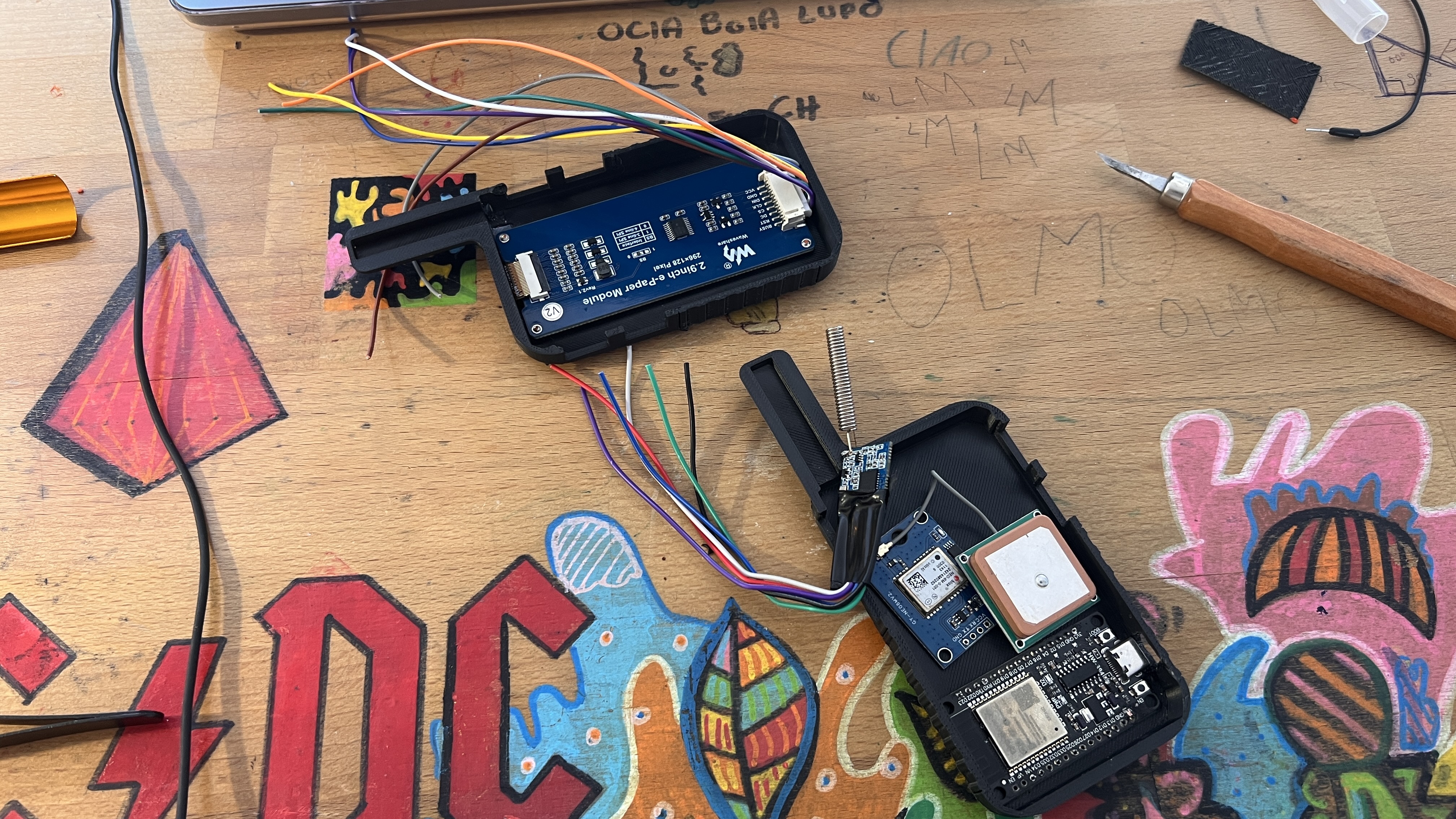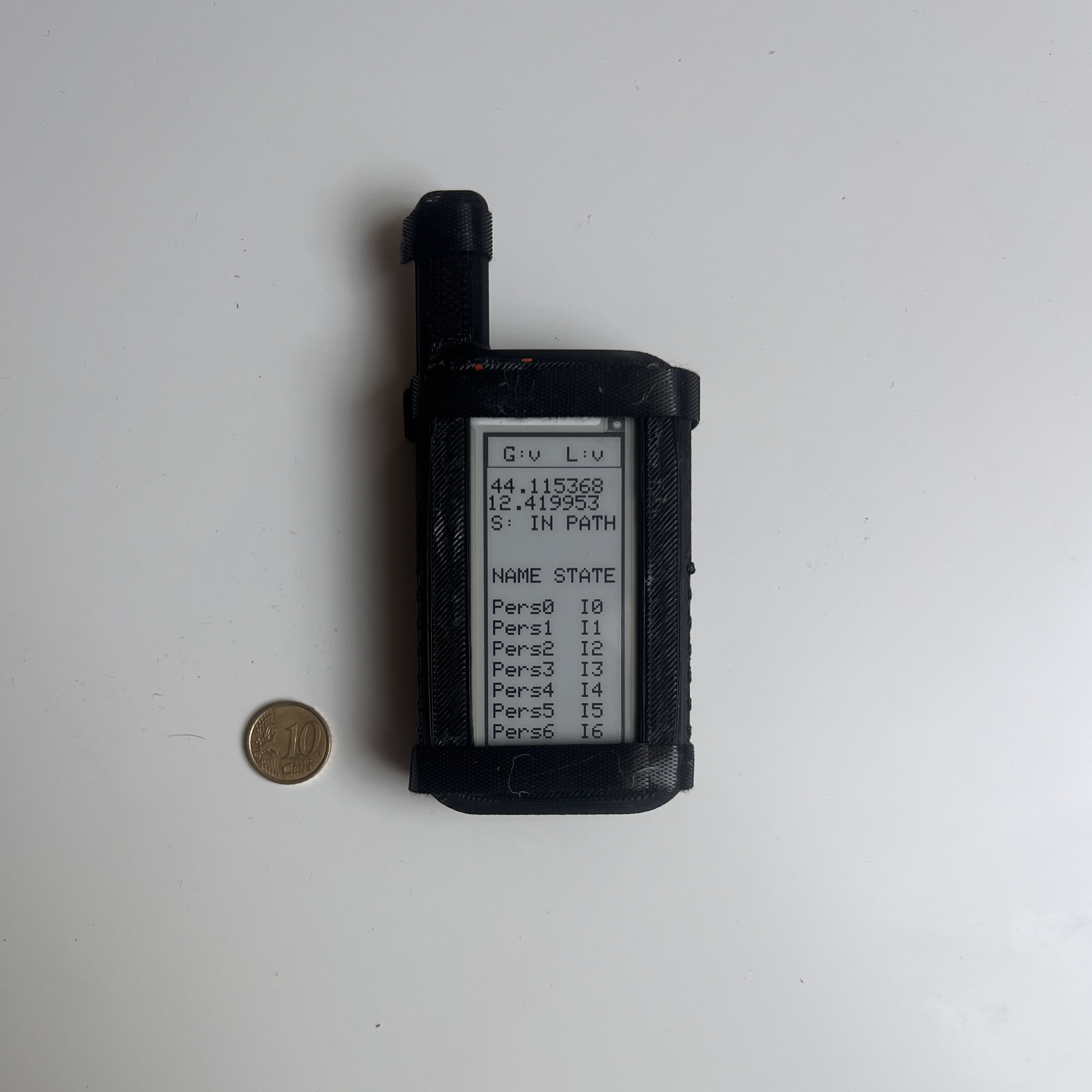HEARD Project – Thesis Presentation
Design and Development of Embedded Devices for Hiker Group Safety
Project description
The HEARD system (Hiking Emergency Assistance and Rescue Device) is an IoT-based solution designed to improve the safety of hiking groups in remote areas, where traditional connectivity is limited or unavailable. The project focuses on real-time group coordination, autonomous monitoring, and proactive detection of dangerous situations.
Objectives
- Enable long-range communication without cellular networks
- Support real-time position sharing among group members
- Detect off-route deviations automatically
- Provide emergency triggering and fast alert propagation
System Architecture
The device ecosystem is composed of three embedded units:
- Heard Core: the group leader’s device, responsible for route creation, synchronization, and global monitoring.
- Heard Node: a compact device for adults, capable of transmitting positions and receiving alerts.
- Heard Pico: a minimal emergency-only device, ideal for children.
Communication Layer
The devices communicate via LoRa, enabling effective long-distance messaging (up to several kilometers). A hybrid communication model allows both direct broadcasting and multi-hop message propagation when nodes are spread along the trail.
Route and Safety Detection
Each device continuously checks whether the user is within the allowed corridor of the planned route. The algorithm combines the Haversine formula with an equirectangular approximation to compute point-to-path distances efficiently on embedded hardware.
Technologies Used:
Hardware: ESP32 (Pico, LILYGO T-TWR), LoRa (RFM95), GPS (Quectel L86), wavehark e-ink display 2,9".
Firmware: C/C++ (PlatformIO), FreeRTOS (for multi-tasking).
Protocolli: MQTT (per il gateway opzionale).
Link repo: GitHub
Mobile Application
As an extension of the HEARD system, the mobile application provides a modern interface for viewing group activity, managing routes, and monitoring safety events in real time.
Main Features
- Display of group members’ positions on local offline maps
- Visualization of route progress and safety alerts
- Sharing and reviewing completed hiking paths
- Integration with embedded devices for real-time updates
App Purpose
The application is not a replacement for the embedded safety devices; instead, it serves as a complementary tool for advanced analytics, deeper data visualization, and community sharing.
Future Development
Planned extensions include a cloud backend to store hiking sessions, AI-based risk prediction, and interaction with IoT sensors placed along mountain trails.
Mobile App (Android - Kotlin):
Link repo: GitHub











